Naval ships broken at Wards 1956-1961
| < 1949-1955 | Δ Index | 1962-1964 > |
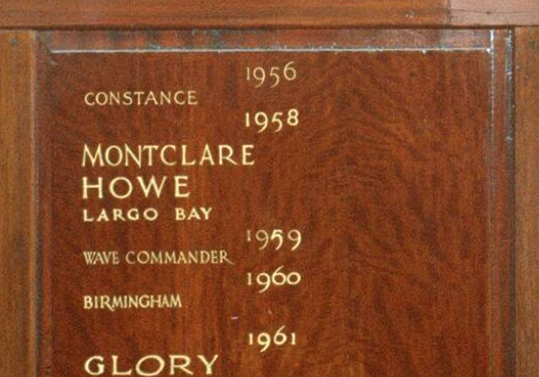
1956
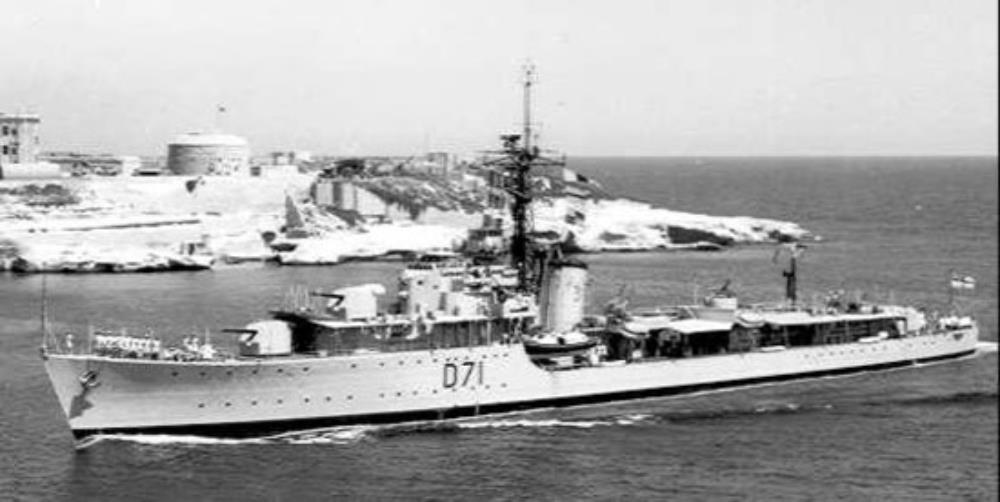 HMS Constance
HMS Constance
HMS Constance – a C-class destroyer, built by Vickers Armstrong, Tyneside launched 22nd June 1944, commissioned 6th June 1945.
After the war she was allocated to the 8th Destroyer squadron for service in the Far East. This included deployments as part of United Nations operations, as part of the Korean War. She returned from the Far East and was listed for disposal in 1955.
She was sold to Thos W Ward for scrapping at Inverkeithing, arriving there on 8 March 1956.
wikipedia
www.naval-history.net
uboat.net
1958
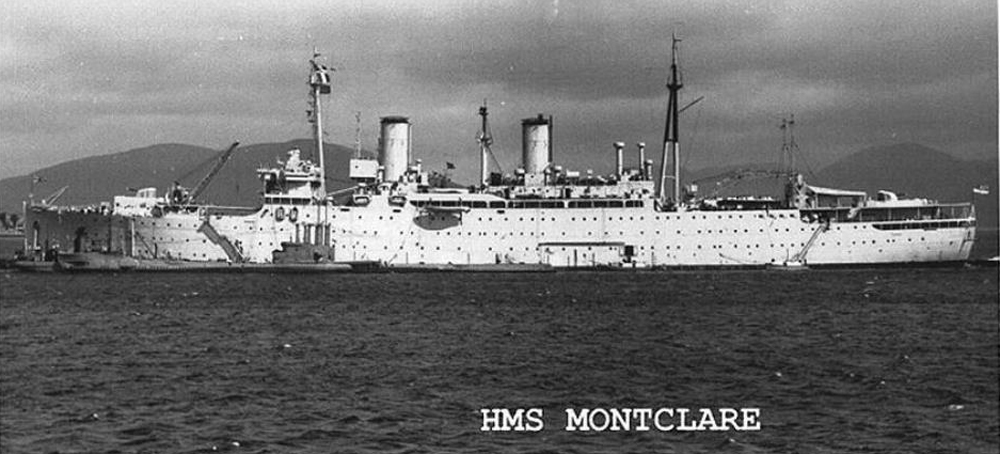 HMS Montclare
HMS Montclare
HMS Montclare – originally a passenger ship, RMS Montclare, built by John Brown & Co., Clydebank, launched 18th December 1921.
On 28 August 1939 Montclare was requisitioned by the Admiralty and converted to an Armed Merchant Cruiser.
On 2 June 1942 she was sold to the Admiralty, and converted to a Destroyer Depot Ship, HMS Montclare completing in 1944.
She joined the Pacific Fleet, supporting the destroyers of Task Force 57 on the conquest of Okinawa and Sakishma Gunto islands.
At the end of the war, she sailed to Hong Kong to support the re-occupation. She returned to Portsmouth on 21 February 1946, and was reduced to Reserve status prior to conversion to Submarine Depot Ship, based at Rothesay
In October 1954 HMS Montclare was decommissioned. She was sold for scrap to Thos W Ward at Inverkeithing In January 1958. Arriving there on 2 February, the scrapping commenced the next day.
While operating as a Submarine Depot Ship one of the Montclare’s Signallers, was Peter O’Toole..
wikipedia
www.naval-history.net
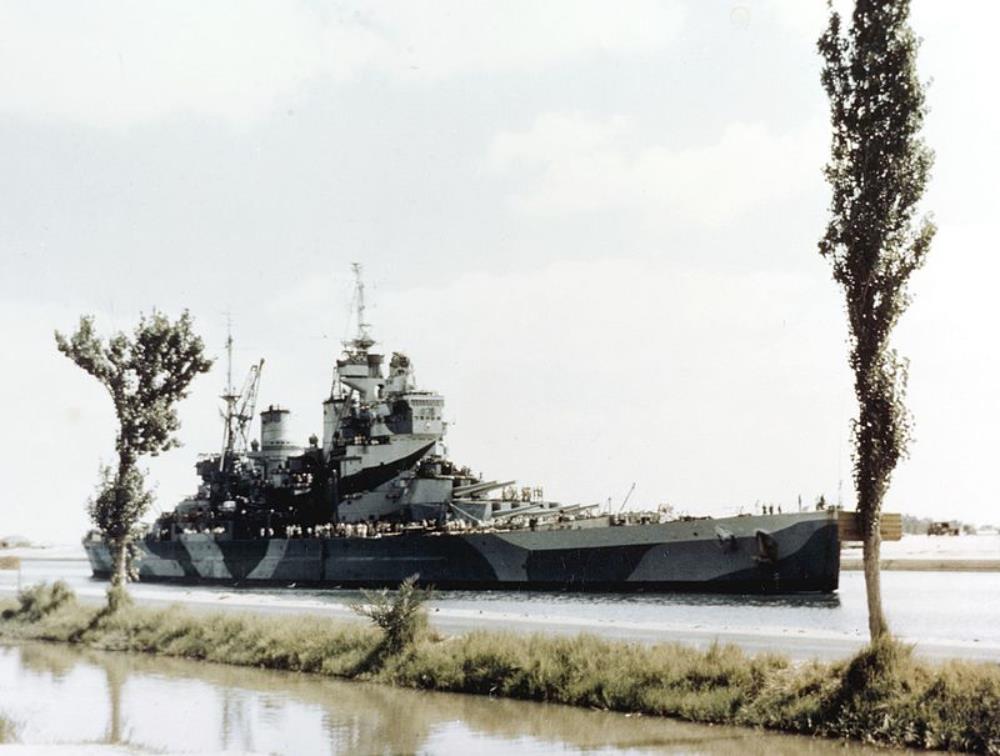 HMS Howe in 1945
HMS Howe in 1945
HMS Howe – King George V class battleship, built by Fairfield Shipbuilding and Engineering Company, Govan, launched 9th April 1940, commissioned 29th August 1942.
Her building time was extended, as supplies were diverted to work of a higher priority such as the construction and repair of merchant ships and escort ships. Howe spent the first part of her career in the Arctic providing cover for Russian convoys.
In 1943, Howe took part in the invasion of Sicily. In 1944, she was sent to the Pacific and attached to the British Pacific Fleet (Task Force 113), where she provided naval bombardments for the Allied landings at Okinawa on 1 April 1945. After the war, Howe spent four years as flagship of the Training Squadron at Portland, before she was placed in reserve in 1950.
The battleship was marked for disposal in 1957, and sold for scrap in 1958 to Thos Ward, Inverkeithing.
The Royal Navy presented the ship’s bell to St Giles’ Cathedral in Edinburgh.
In 2012, it was reported that parts from one of the gun turrets may still exist, having been re-used as a turntable at Dounreay nuclear laboratory.
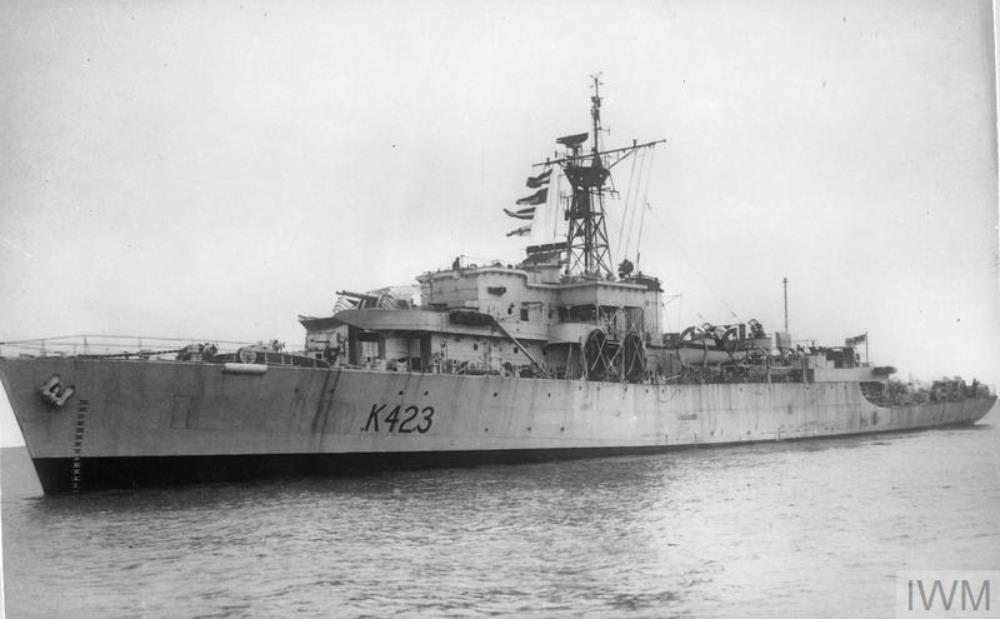 HMS Largo Bay
HMS Largo Bay
HMS Largo Bay – Bay-class anti-aircraft frigate, built by William Pickersgill & Sons Ltd., Sunderland, launched 3rd October 1944, commissioned 26 January 1946.
The ship was originally ordered as the Loch-class frigate Loch Foin, however the contract was changed, and the ship was completed as a Bay-class anti-aircraft frigate.
After sea trials, Largo Bay sailed for the Mediterranean. She was first deployed in the eastern Mediterranean for the interception of merchant ships carrying illegal Jewish immigrants to Palestine. In March she returned to Malta for Flotilla duties. In August 1946 she returned to the UK to decommission and was placed into Plymouth Reserve Fleet.
In 1958, she was sold to the British Iron & Steel Corporation (BISCO) for demolition by Thos W Ward at Inverkeithing.
wikipedia
www.naval-history.net
1959
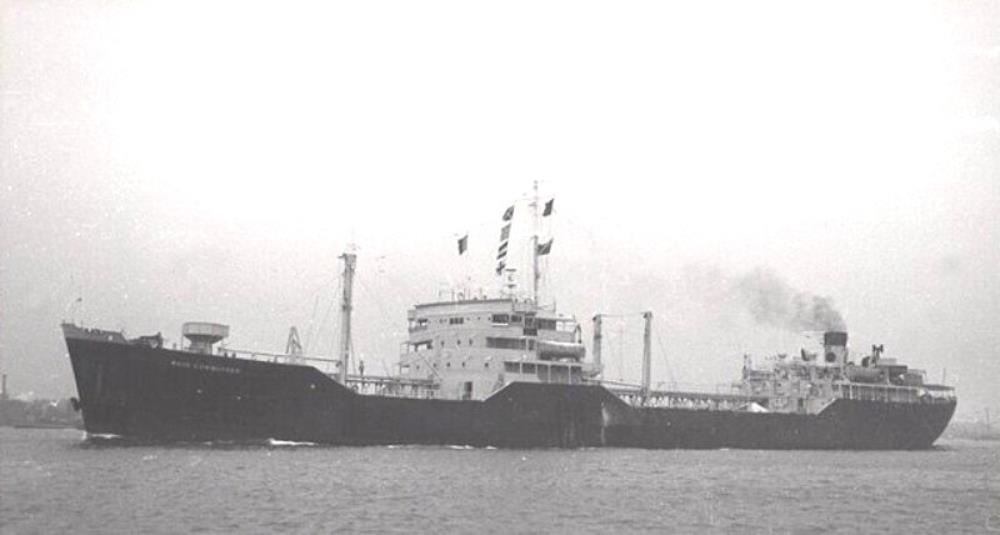 RFA Wave Commander
RFA Wave Commander
RFA Wave Commander – Tanker built by Furness Shipbuilding Ltd, Haverton Hill-on-Tees, launched 21st April 1944 as Empire Paladin (Government owned ship).
Transferred to Royal Fleet Auxiliary in 1946 as Wave Commander
Scrapped Inverkeithing 1959
www.rfanostalgia.org
wikipedia
1960
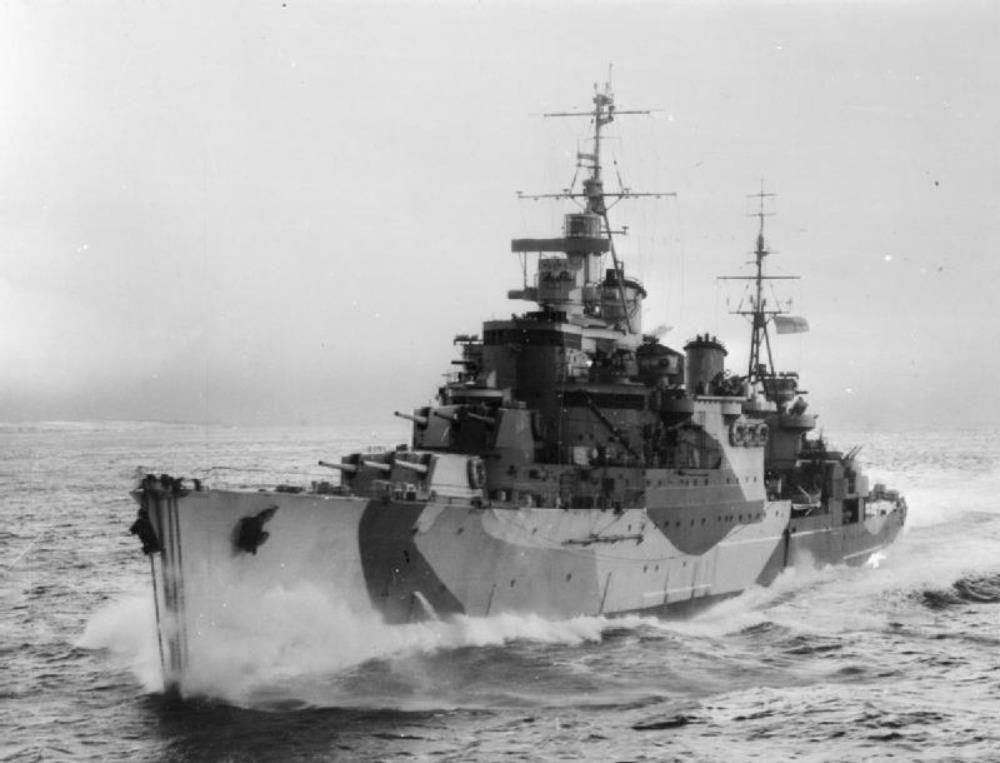 HMS Birmingham
HMS Birmingham
HMS Birmingham – Town class light cruiser, built by Devonport Dockyard, Plymouth, launched 1st September 1936, commissioned 18th November 1937.
Birmingham initially joined the 5th Cruiser Squadron on the China Station in January 1938. On the outbreak of the Second World War she joined the Home Fleet to patrol off the coast of Norway.
From January until April 1941 Birmingham escorted troop convoys to the Middle East, then was involved in the hunt for the German battleship Bismarck and heavy cruiser Prinz Eugen. She then escorted convoys from the UK to South Africa.
In June 1942 she was reassigned to the 4th Cruiser Squadron in the Mediterranean then in September to the Indian Ocean and the British operation to occupy Madagascar. In November she escorted a convoy to Mahajanga West Coast.
In April 1943 Birmingham was again refitted in the UK, before returning to the Mediterranean. On 28 November was torpedoed by a German submarine U-407 and sailed for the United States where repairs were carried out. in November 1944, she joined the 10th Cruiser Squadron at Scapa Flow.
In May 1945, she was tasked with occupying ports in the Baltic.
In 1948 Birmingham was transferred to the South Atlantic Command. During 1950 and 1952 Birmingham underwent a modernisation, before transferring to the Far East Fleet and becoming involved in the Korean. After an armistice was finally reached in June 1953, Birmingham returned to the UK.
In 1955 Birmingham was transferred to the Mediterranean Fleet, where she was the flagship of the 1st Cruiser Squadron.
In June 1957, she was one of seven warships involved in an exercise off the Turkish Black Sea ports which led to a strong protest from the Russian government.
Birmingham was paid off on 3 December 1959. By this time she was the last of her class in service.
She was broken up in September 1960 by Thos W Ward, of Inverkeithing
1961
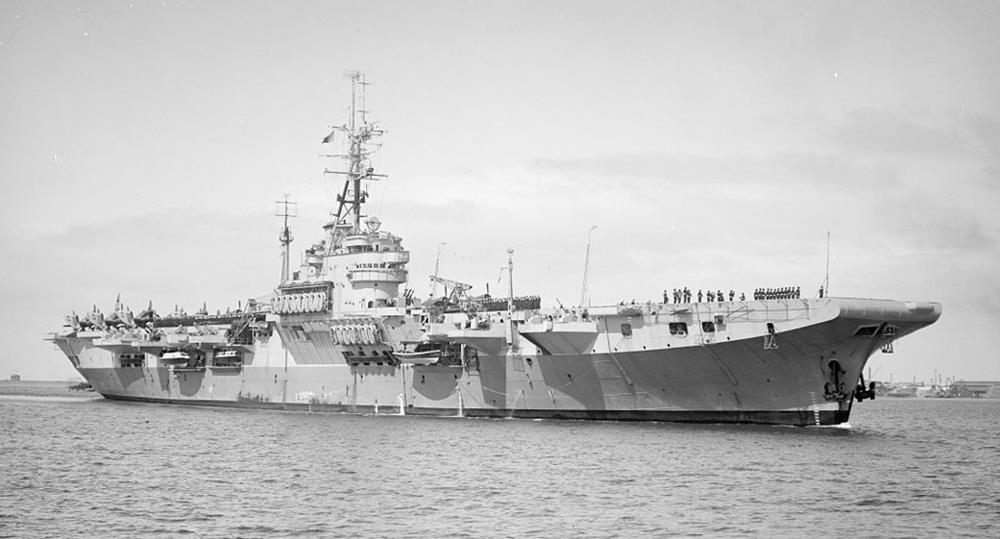 HMS Glory
HMS Glory
HMS Glory – Colossus-class aircraft carrier, built by Harland and Wolff, Belfast, launched 27th November 1943, commissioned 2nd April 1945.
She left for the Pacific with an air wing of Barracudas and Corsairs to join the British Pacific Fleet. She sailed to Rabaul on 6 September 1945 to accept the surrender of the Japanese garrison there.
She then assisted in the retaking of Hong Kong, before then sailin to Australia and Canada to repatriate troops. The ship returned to the United Kingdom in 1947 and was then placed in reserve.
She returned to service in December 1950, and deployed to Korea in April 1951. After very active service in the Korean War, Glory saw out 1954 as a ferry, troop carrier and helicopter base. 1956 saw the end of the ship’s active career, as she was placed in reserve.
In 1961, Glory was sold to Thos W Ward for scrapping at Inverkeithing.
| < 1949-1955 | Δ Index | 1962-1964 > |